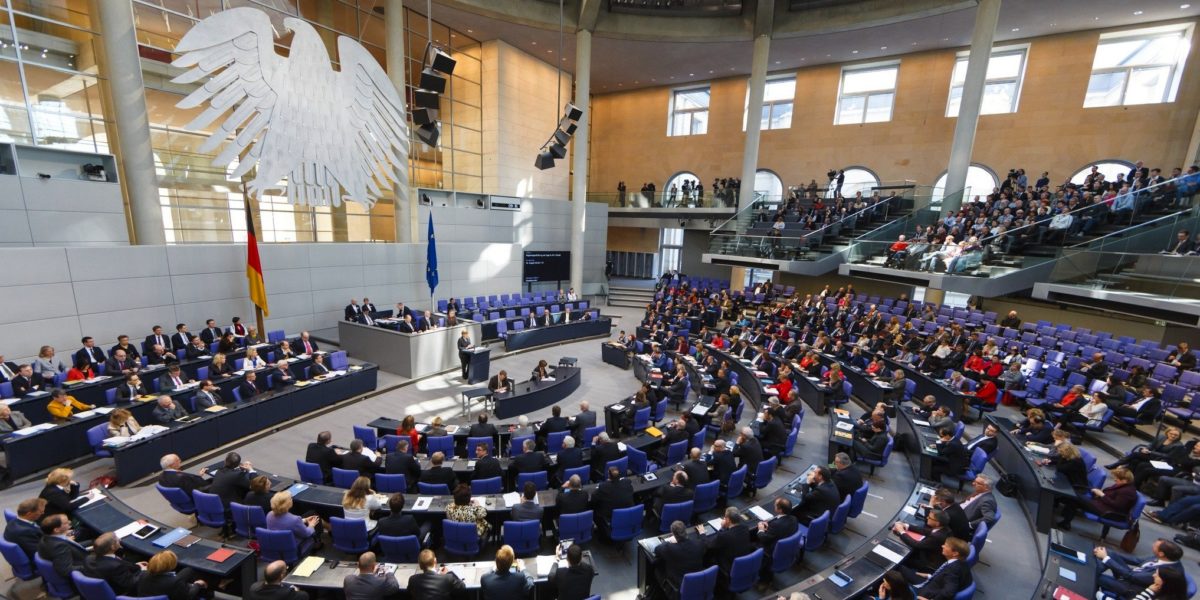From pv magazine Germany
Germany's Bundestag has approved today a whole set of new energy regulations, including a new version of the country's renewable energy law, known as the EEG 2023, that will lead to some increases in solar feed-in tariffs.
The new provisions will introduce several changes to the PV sector. One of the most significant is the introduction of two separate feed-in tariffs. Owners of rooftop PV systems can now decide to accept a smaller feed-in-tariff and use some of their rooftop power themselves or receive an additional remuneration on top of the standard feed-in tariff if they feed in 100% of their rooftop power.
The scheme was introduced to incentivize full rooftop utilization for solar PV. Hitherto, the support mechanism motivated homeowners and businesses to scale their PV systems according to their own consumption, leaving vast rooftop areas unused.
For PV systems up to 10 kW, for example, the price will be raised from €0.0693 ($0.0760)/kWh to €0.0860/kWh. Owners deciding not to use any of the electricity themselves will receive the full feed-in bonus of €0.048/kWh. The combined remuneration comes in at €0.134/kWh.
PV systems ranging in size from 10 kW to 40 kW will see their tariff increase from €0.0685/kWh to €0.0750/kWh, while prices for solar arrays between 40 kW and 750 kW will be raised from €0.0536/kWh to €0.0620/kWh.
Following earlier criticism, the government decided to slightly reduce the full feed-in bonus. The tariff for PV systems up to 10 kW will drop from €0.0687/kWh to €0.0480/kWh and the rate for installations ranging in size from 10 kW to 40 kW will decline from €0.0445/kWh to €0.0380/kWh. Furthermore, the government reduced the tariff for solar projects with capacities of between 40 kW and 100 kW from €0.0594/kWh to €0.0510/kWh and for installations ranging from 100 kW to 300 kW from €0.0404/kWh to €0.0320/kWh.
They also introduced the option for individuals and businesses to deploy two different PV systems on a single property. This gives owners the chance to register one system as a partial feed-in system and to use some of that solar power themselves. With a second PV system, they can utilize the entire rooftop space and receive the full feed-in bonus. This measure could be particularly beneficial to farmers that could, for example, register a 15 kW system for self-consumption and a 70 kW full-feed-in system. The prerequisite for this is two separate meters for both systems. The changes to the EEG 2023 also introduce tax simplifications and faster grid connection proceedings.
Furthermore, the new provisions established that the size limit for energy communities will be raised from 1 MW to 6 MW and that grid connection for rooftop PV will be made via a web portal operated by the grid operator.
This content is protected by copyright and may not be reused. If you want to cooperate with us and would like to reuse some of our content, please contact: editors@pv-magazine.com.




Remind me where wholesale prices in Germany are sitting right now? This is, as per usual in Germany, a complete government scam. Households should be remunerated at wholesale rates – which are typically around …………Euro0.2/kWh . But most German governments have a very long history of ripping off their citizens when it comes to electricity. & we will pass over in silence the desire, or lack thereof, by the Germany Political “elite” to reform electricity markets.
Rejoice private German photovoltaic producers. Downunder in sunny South Australia I pay 0.4 $/kwh and receive 0.04$/kwh. Electricity suppliers are currently talking about increasing retail prices by 100%